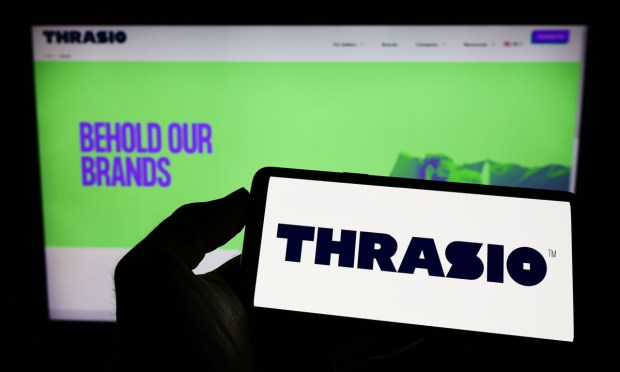
It was a highly successful business model, at least for a while.
But the recent filing of Thrasio Holdings for Chapter 11 this week points to how Amazon aggregators have been facing a reckoning that would have seemed unimaginable during the halcyon days of eCommerce dominance.
At a high level, the aggregators are built on the premise of acquiring private-label sellers that have been visible, successful and growing via Amazon.
In many cases, the platform may have been the key way these smaller storefronts were gaining sales. Selling a business to Amazon in the past couple of years, especially during COVID-19, might have seen like a way to cash in on the rise of digital-only shopping. For the aggregators, the post-acquisition endeavor is one where they seek to optimize operations — and in some cases, branch onto other platforms.
But fortunes have changed rapidly, given the fact that the aggregators sector had raised $6 billion in 2021, according to CB Insights, and funding plummeted by 88% in the next year. Thrasio’s bankruptcy had been on the table as recently as late 2023. Benitago Group filed for bankruptcy last year, and Apollo had sought a buyer for its aggregator Perch.
As funding dries up, and as macro pressures confront the aggregators, the debt and obligations have become more onerous than the companies can bear. And the operating costs are considerable, given the fact that the aggregators had helped with everything from renegotiating vendor contracts to improving supply chains to helping the acquired firms become direct-to-consumer enterprises. Thrasio has sought to restructure roughly $500 million in debt and obtain about $90 million in new financing.
The growth of eCommerce hit some headwinds. And indeed, as PYMNTS Intelligence data has shown, eCommerce as a percentage of overall sales has remained fairly constant, in the 14%-15% range, though commerce itself has grown. At the end of the year, eCommerce sales growth was about 2%.
The return of Click and Mortar shopping has been a factor. So has some of the pivoting toward spending money on travel and experiences, which steers away some of the funds that otherwise would have been spent on goods.
Amazon, as PYMNTS has noted, has been building its third-party seller ecosystem, broadening fulfillment, logistics and even advertising, including getting Buy with Prime more fully present in an off-premise setting.
The company said this week that third-party sellers are responsible for 60% of its eCommerce sales. In the latest quarter, and as relayed in earnings materials, third-party seller services were up 20%, and advertising sales gained 23%. By offering the end-to-end solutions that help these firms scale, the urge to jump to an aggregator may be tempered … and Thrasio’s Chapter 11 may wind up being part of a procession of restructurings and bankruptcies.